 Without any question, Kujira no Kora wa Sajou ni Utau was one of my more anticipated series of the fall. It seemed to offer an intriguingly mystical and serious premise, a unique and attractive art style and a general sense of different-ness that’s aways a major plus as anime becomes safer and more homogenized. It didn’t offer up a notably impressive staff (head writer Yokote Michiko is probably the most august name therein) or a much-lauded source material, but there was enough here to make Tales of the Whales Calves a pretty high draft choice.
Without any question, Kujira no Kora wa Sajou ni Utau was one of my more anticipated series of the fall. It seemed to offer an intriguingly mystical and serious premise, a unique and attractive art style and a general sense of different-ness that’s aways a major plus as anime becomes safer and more homogenized. It didn’t offer up a notably impressive staff (head writer Yokote Michiko is probably the most august name therein) or a much-lauded source material, but there was enough here to make Tales of the Whales Calves a pretty high draft choice.
 On balance, I would say the premiere mostly lived up to expectations. Much like Just Because and the series it’s obvious to compare it to (Tsuki ga Kirei) Kujira no Kora doesn’t measure up to its own obvious avatar, Made in Abyss, in terms of impact. This episode was very solid and visually interesting (I’d even go so far as to say the art style is reminiscent of Made in Abyss), and largely successful in creating an atmosphere of mystery and subtle foreboding. What it didn’t do (as with Just Because) is immediately stamp itself as exceptional. But it’s early days yet, and those are some mighty lofty standards I’m holding it up against.
On balance, I would say the premiere mostly lived up to expectations. Much like Just Because and the series it’s obvious to compare it to (Tsuki ga Kirei) Kujira no Kora doesn’t measure up to its own obvious avatar, Made in Abyss, in terms of impact. This episode was very solid and visually interesting (I’d even go so far as to say the art style is reminiscent of Made in Abyss), and largely successful in creating an atmosphere of mystery and subtle foreboding. What it didn’t do (as with Just Because) is immediately stamp itself as exceptional. But it’s early days yet, and those are some mighty lofty standards I’m holding it up against.
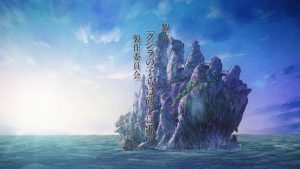 The hero of Kujira no Kora wa Sajou ni Utau is Chakuro (Hanae Natsuki), the 14 year-old archivist of a place called the Mud Whale, which floats on a sea of sand. There’s a fair bit of verbal exposition here (via narration), which is normally a turnoff for me, but given the fact that Chakuro’s vocation is to journal everything that happens aboard the Mud Whale it at least makes some sense in context. Chakuro is one of the “marked” – the 90% of the Whale’s 513 residents who can use “thymia”, some sort of esper power like telekinesis. But this ability has a cost – most marked are dead by age 30, including a beloved teacher who’s being buried at sea as we join the story.
The hero of Kujira no Kora wa Sajou ni Utau is Chakuro (Hanae Natsuki), the 14 year-old archivist of a place called the Mud Whale, which floats on a sea of sand. There’s a fair bit of verbal exposition here (via narration), which is normally a turnoff for me, but given the fact that Chakuro’s vocation is to journal everything that happens aboard the Mud Whale it at least makes some sense in context. Chakuro is one of the “marked” – the 90% of the Whale’s 513 residents who can use “thymia”, some sort of esper power like telekinesis. But this ability has a cost – most marked are dead by age 30, including a beloved teacher who’s being buried at sea as we join the story.
 As with Made in Abyss, the first episode here is more about showing us that there’s a hell of a lot of mysterious stuff going on here than actually giving up answers for why. And as with Made in Abyss this is a one-cour adaptation of an ongoing manga, so it’s probably fair to wonder just how much we’re going to learn before we run out of time. One of the more interesting (and disturbing) elements of this setup is that the marked are forbidden to shed tears over the deceased – under threat of a legend that they’ll be taken below the sands to join the souls of the dead if they do. Indeed there seems to be a general decree against the showing of emotion on the Mud Whale – one which Chakuro is resolutely unable to adhere to.
As with Made in Abyss, the first episode here is more about showing us that there’s a hell of a lot of mysterious stuff going on here than actually giving up answers for why. And as with Made in Abyss this is a one-cour adaptation of an ongoing manga, so it’s probably fair to wonder just how much we’re going to learn before we run out of time. One of the more interesting (and disturbing) elements of this setup is that the marked are forbidden to shed tears over the deceased – under threat of a legend that they’ll be taken below the sands to join the souls of the dead if they do. Indeed there seems to be a general decree against the showing of emotion on the Mud Whale – one which Chakuro is resolutely unable to adhere to.
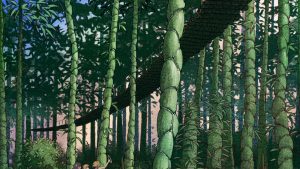 What we do know is that the residents of the Mud Whale have never (as far as Chakuro knows, and he’s the one telling us) met anyone outside their own society. They occasionally run across “driftlands” – floating islands in the sand sea that they can briefly explore and plunder using thymia power – but they’re always abandoned. That changes, though, when Chauro spots a driftland that eventually proves to hold a girl named Lykos (Iwami Manaka), who he rescues even though she initially attempts to kill him. Bringing her back to the Mud Whale causes quite the stir as you can imagine, and she’s quickly taken into the custody of the elders (all of whom are long-lived unmarked) for questioning.
What we do know is that the residents of the Mud Whale have never (as far as Chakuro knows, and he’s the one telling us) met anyone outside their own society. They occasionally run across “driftlands” – floating islands in the sand sea that they can briefly explore and plunder using thymia power – but they’re always abandoned. That changes, though, when Chauro spots a driftland that eventually proves to hold a girl named Lykos (Iwami Manaka), who he rescues even though she initially attempts to kill him. Bringing her back to the Mud Whale causes quite the stir as you can imagine, and she’s quickly taken into the custody of the elders (all of whom are long-lived unmarked) for questioning.
 The other key element introduced here are the “bowel moles” – the prisoners kept in the tunnels beneath the surface (which bind their thymia abilities) for violating the laws of the Mud Whale. Mainly that seems to mean rejecting the isolation of the Whale and seeking to explore the outside world, and the leader among this group is Ouni (Umehara Yuuichirou) – rumored to be the strongest marked on the island. It’s an odd coincidence that he’s pardoned just when Lykos (or so her clothes name her, anyway) is brought back to the island, but it’s certainly no surprise he takes a great interest in her given that she basically proves his worldview is correct.
The other key element introduced here are the “bowel moles” – the prisoners kept in the tunnels beneath the surface (which bind their thymia abilities) for violating the laws of the Mud Whale. Mainly that seems to mean rejecting the isolation of the Whale and seeking to explore the outside world, and the leader among this group is Ouni (Umehara Yuuichirou) – rumored to be the strongest marked on the island. It’s an odd coincidence that he’s pardoned just when Lykos (or so her clothes name her, anyway) is brought back to the island, but it’s certainly no surprise he takes a great interest in her given that she basically proves his worldview is correct.
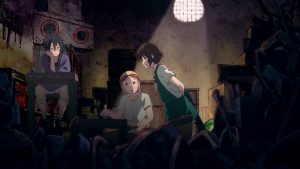 Again, this premiere is really more about the setup than the follow-through – there’s clearly some very important reason why the elders on the Mud Whale have chosen to intentionally isolate themselves from both other humans and their own emotions, but the answer to why will only come in time. For now it seems as if Chakuro, Lykos and Ouni are going to be a trio, venturing out into the sand sea to discover the world that’s been hidden from them. That’s a pretty damn good jumping off point for a story, and if the execution – and the source material – are good enough, Kujira no Kora wa Sajou ni Utau would seem to have a chance to be one of the season’s best new series.
Again, this premiere is really more about the setup than the follow-through – there’s clearly some very important reason why the elders on the Mud Whale have chosen to intentionally isolate themselves from both other humans and their own emotions, but the answer to why will only come in time. For now it seems as if Chakuro, Lykos and Ouni are going to be a trio, venturing out into the sand sea to discover the world that’s been hidden from them. That’s a pretty damn good jumping off point for a story, and if the execution – and the source material – are good enough, Kujira no Kora wa Sajou ni Utau would seem to have a chance to be one of the season’s best new series.
OP: “Sono Saki e (その未来(さき)へ)” by RIRIKO


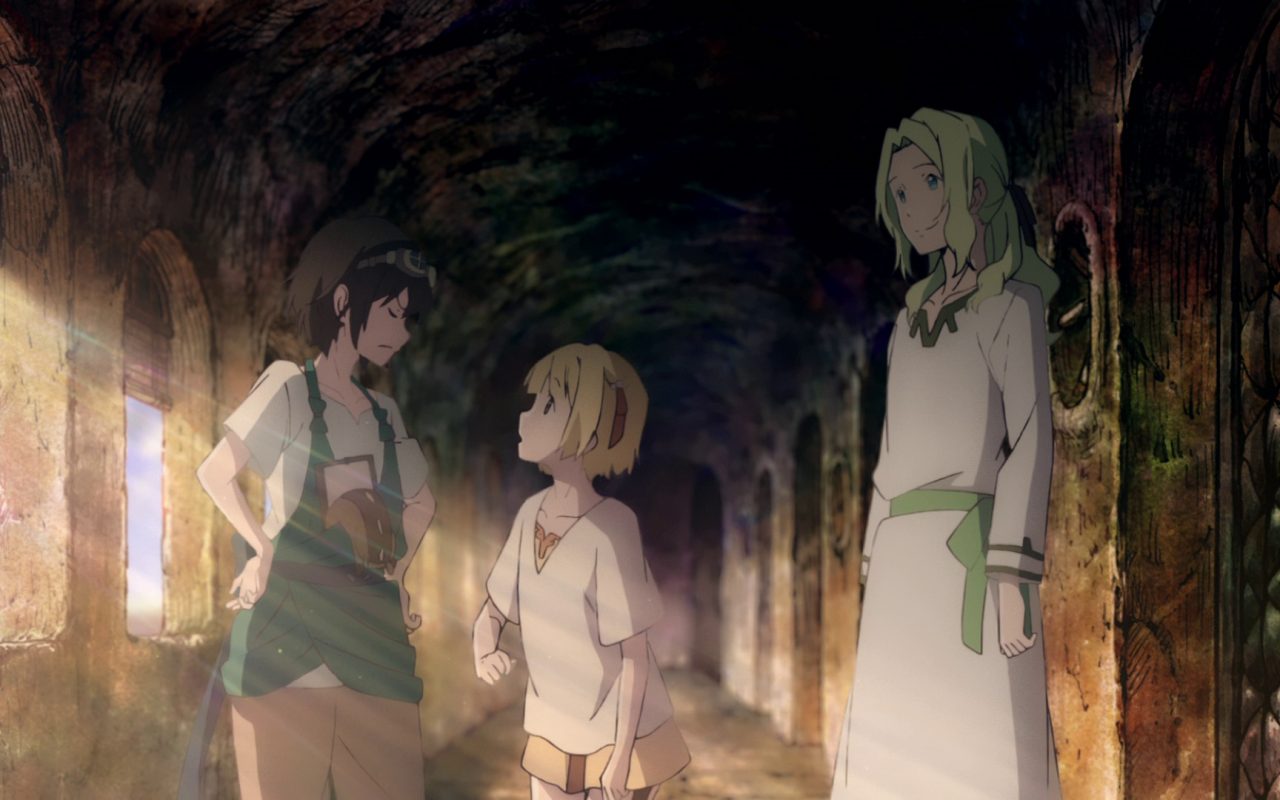
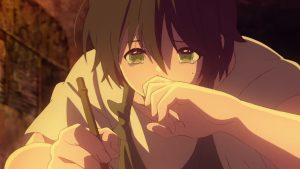
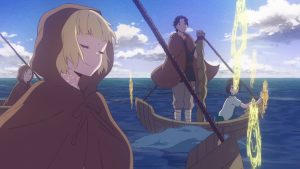
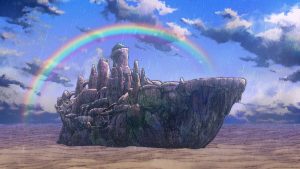
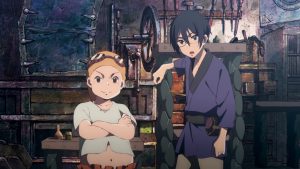
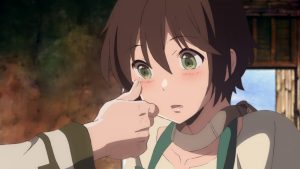
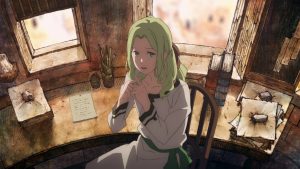
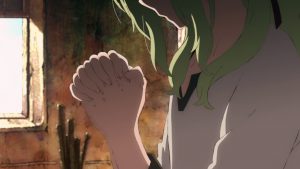
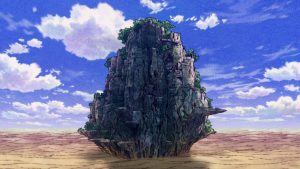
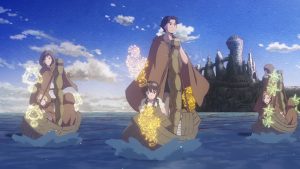

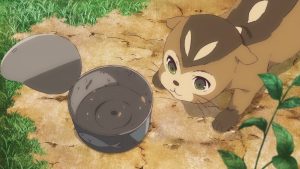
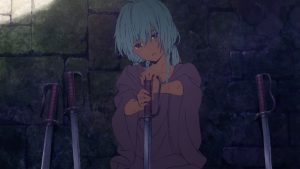


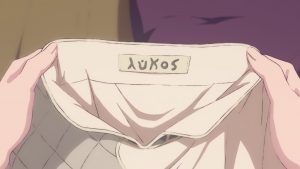
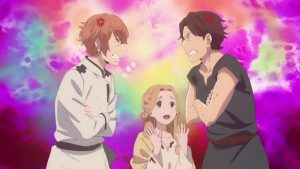
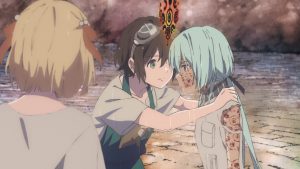
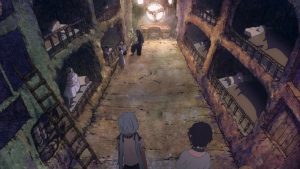

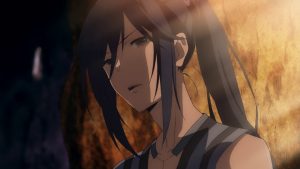
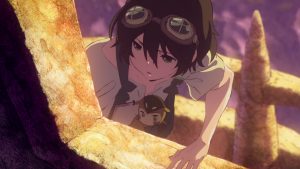


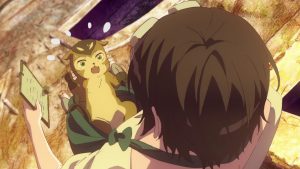
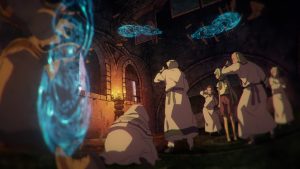
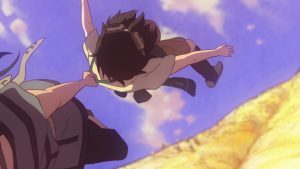
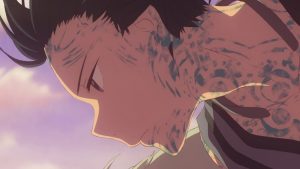
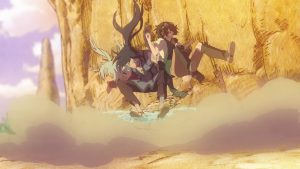
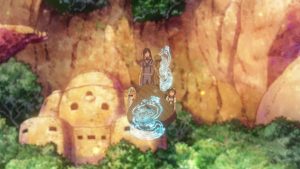
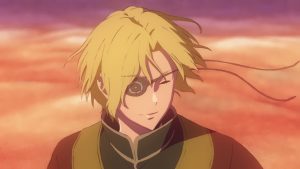

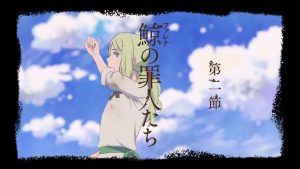

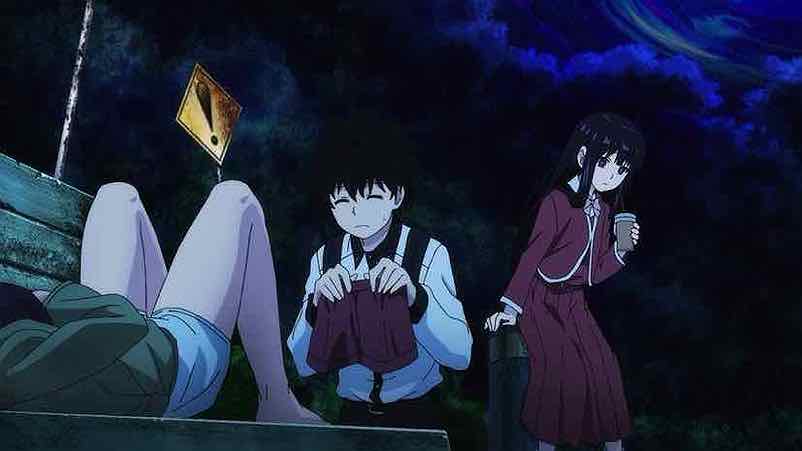
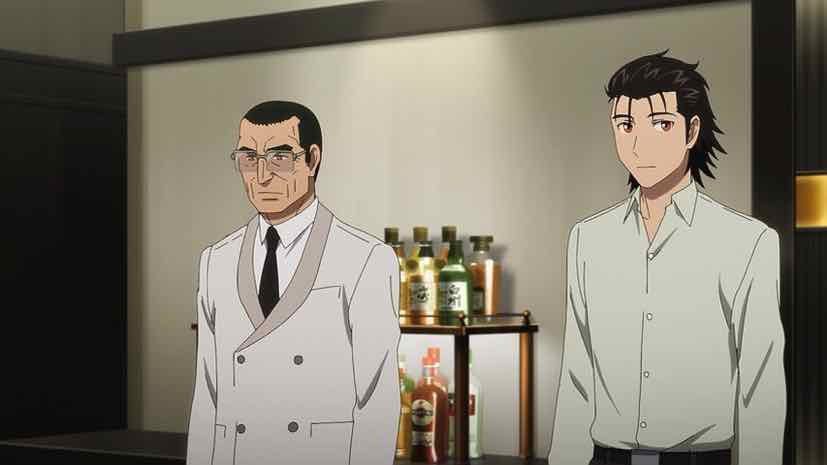
Ronbb
October 10, 2017 at 12:48 amThis Fall season comes with large offerings, but both Mahoutsukai no Yome and Kujira no Kora are my two highly anticipated series, and both premieres didn’t disappoint. I don’t mind a slow start to ease us into the world, and I like how natural the dialogue is — it feels like the characters are living in the world that they’re in. Overall, it feels competent.
DauntingOverlord
October 10, 2017 at 4:20 pmI honestly could do without the constant narration. I understand it ties into Chakuro being an archivist but after every 2 minutes or so I’d feel I was getting into the world, Chakuro would begin narrating again. Aside from that, I enjoyed myself a lot. I also wish we’d taken our time before Ouni jumped ship as his part of the story felt very rushed. I haven’t read the manga, so maybe the anime is hitting all the beats, but it just feels like important things are happening without the proper time to dwell on it.
Lykos
October 10, 2017 at 5:15 pmDid you really think of this as an “obvious avatar” of Made in Abyss ? There’s no point in forcing comparisons based on recency and some superficial similarities when the feel of the shows is completely different. If I had to compare, I would pick Shin Sekai Yori.